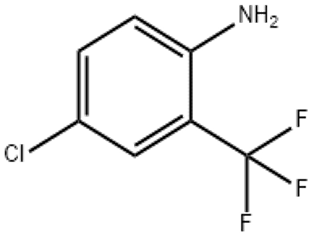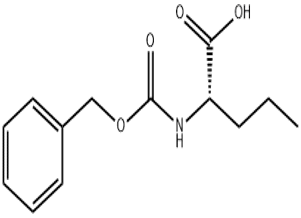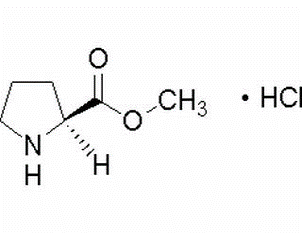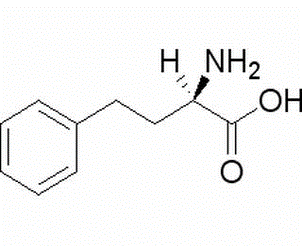Butyl acrylate(CAS#141-32-2)
| Risk Codes | R11 – Highly Flammable R20/21/22 – Harmful by inhalation, in contact with skin and if swallowed. R37/38 – Irritating to respiratory system and skin. R43 – May cause sensitization by skin contact R52/53 – Harmful to aquatic organisms, may cause long-term adverse effects in the aquatic environment. R36/37/38 – Irritating to eyes, respiratory system and skin. R10 – Flammable |
| Safety Description | S16 – Keep away from sources of ignition. S25 – Avoid contact with eyes. S37 – Wear suitable gloves. S61 – Avoid release to the environment. Refer to special instructions / safety data sheets. S9 – Keep container in a well-ventilated place. S36/37 – Wear suitable protective clothing and gloves. S26 – In case of contact with eyes, rinse immediately with plenty of water and seek medical advice. |
| UN IDs | UN 1993 3/PG 2 |
| WGK Germany | 2 |
| RTECS | UD3150000 |
| FLUKA BRAND F CODES | 10 |
| TSCA | Yes |
| HS Code | 29161230 |
| Hazard Class | 3 |
| Packing Group | III |
| Toxicity | LD50 orally in rats: 3.73 g/kg (Smyth) |
Introduction
Butyl acrylate, is a colorless liquid. The following is an introduction to the properties, uses, preparation methods and safety information of butyl acrylate:1. Properties:- Appearance: Colorless liquid- Solubility: Soluble in alcohol and ether solvents, slightly soluble in water- Odor: Has a specific odor2. Usage:- Industrial Use: Butyl acrylate is an important chemical raw material widely used in polymer synthesis, such as synthetic plastics, resins, etc.3. Preparation method:The preparation of butyl acrylate is usually made by reacting acrylic acid with butanolic acid. The specific step is to heat the acrylic acid and butanolic acid, and use an acid catalyst (such as sulfuric acid, etc.) to catalyze the reaction to produce butyl acrylate.4. Safety Information:- Butyl acrylate is irritating and corrosive to the skin and eyes.- Wear protective gloves, eyewear, and protective clothing when using and handling it, ensure good ventilation conditions, and avoid inhaling gases or vapors.- Avoid contact with oxidants and strong alkalis, as well as contact with open flames, high temperatures and other fire sources.








![4-chloro-1H-pyrazolo[4,3-c]pyridine](https://www.xinchem.com/uploads/4chloro1Hpyrazolo43cpyridine.png)